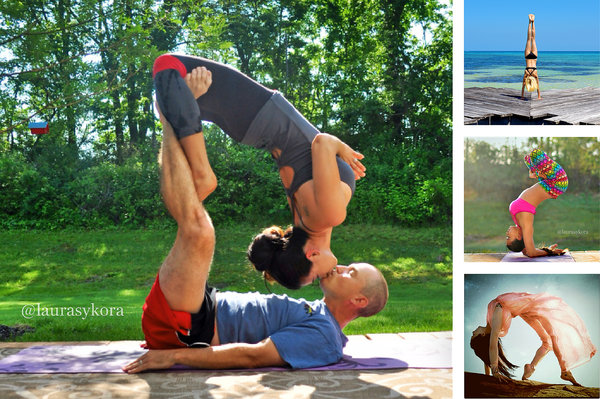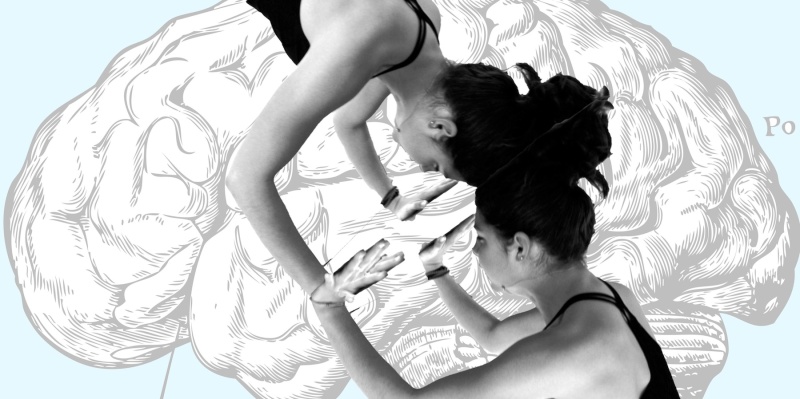This I believe: the best yoga instructors are the most flexible students in the room.
Yes, you may quote me on that; you may debate; you may scoff or scowl or rant. But to be a truly impactful instructor, teaching yoga in its full, multi-limbed complexity, one must be an incredibly flexible student first and foremost. Why?
From the NYTimes on Yoga Selfies
Imagine this figure: the androgynous, utopian yogi, thin and chiseled limbs that subsist on a completely home-crafted, raw-gluten free-vegan-anti inflammatory-homegrown-unprocessed-unfltered-unfettered-tears of the Gods diet (most likely involving lots of curry) twisted into a pretzely pose requiring one to be ambidextrous and devoid of any solid bones let alone organs. This may be a model yoga instructor.
But what I mean is this:
Instructing yoga takes incredible feats of flexibility, not necessarily in the body but definitely in mind and temperament. As an instructor, you may create as many forehead wrinkles as that kale juice is supposed to eliminate in making the perfectly-crafted, genius class plan. The peak pose; the music; the prep to transform students into warriors with joints like butter and muscles like dancing Shiva – you are proud. And as yoga tends to do, the practice will undoubtedly flip you over and bind you up. Nothing teaches the importance of flexibility like walking into class with a plan and realising that it is not going to work for your students. This is not to say don’t plan or don’t prepare. But plan on the unexpected and prepare to bee surprised. The best teachers are hyper-flexible.
It’s not just thinking on your feet; for a practice that can be about eliminating constraints of time and space, instructing yoga is ironically all about scheduling time and space. Regular classes provide structure and some stability, but between special events, fluctuating privates/gigs, subbing and studio changes, teaching yoga sometimes transforms into self-chauffering and schedule managing. For survival (aka obtaining some liveable income), a yoga teacher has to adapt daily to the ebb and flow of every studio/teacher/student’s changing plans. This is a bit like expecting Ashtanga and getting ecstatic dance. The best teachers are hyper-flexible.

The best teachers don’t instruct; they don’t know; they don’t tell students anything. The best teachers aren’t teaching at all – they’re always studying. To practice yoga is to perpetually be learning. Picture the vedic sages, swaddled and diligently studying the words of crinkled master teachers like enlightenment came on the next letter. This is not what it means to be a yoga student or teacher. But to be successful as a teacher you must approach every situation as a student, ready to learn. As if enlightenment really was there: lurking behind the Cheerios stacked in aisle 6, on the last page of that work portfolio, between the toes of your Lululemon-garbed student second in from the left…The best teachers are actually students.
When a sudden accident left me unable to inhale fully, my practice transformed and self-study made me so sympathetic to the plight of anyone who regularly experiences that challenge. It happens again and again – a pulled hamstring; a broken toe. Or even more notably – a painful break-up, disappointment in a friendship, frustration with family. The pages of our life’s lesson book, entitled “Yoga; On and off the Mat,” are literally endless. Like the perpetual scroll feature that leaves you Pinteresting away hour upon hour, yoga’s mindfulness makes every moment into a possible lesson. You can click the little red X at any time (or can you…is it impossible to go back once you’ve plugged into this thing called yoga?). But to truly serve, to truly teach, means to constantly seek/scroll/study. The best teachers are actually students.
If you want to be an impactful yoga instructor you have to be the most flexible student in the room (or at least try).
We study, we explore, we fly, grow and fall. And for every AHA! moment there is always another to be discovered and the gentle reminder of the millions that came before. We are all babies to the practice.
But still we practice. I believe if every teacher strives to be the most flexible student, the quality of our entire practice can elevate.




